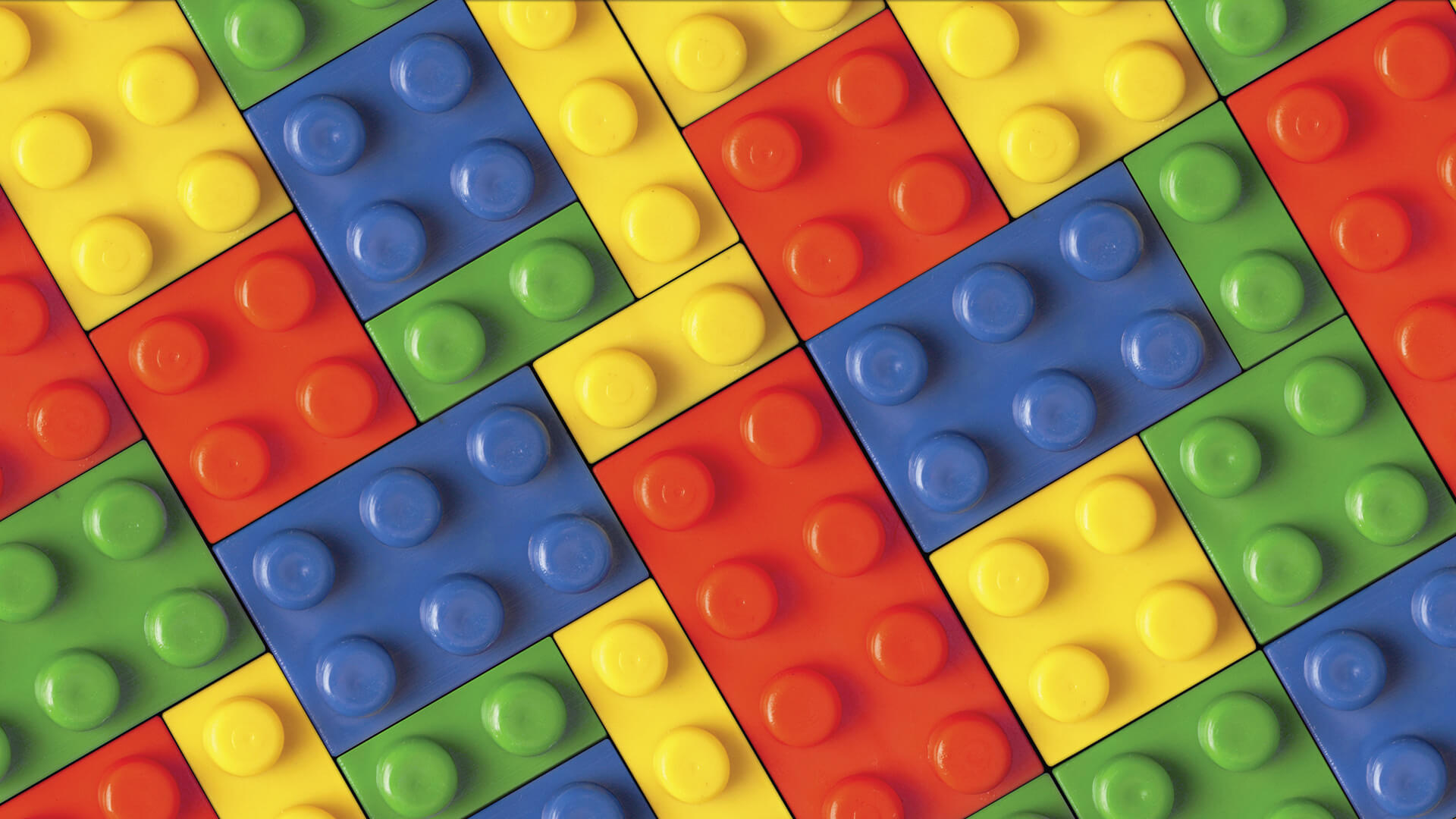“Playing is a very natural way for children to deal with everyday, as well as emotional, problems. As clinicians, we have become aware of the value of play in helping children ‘talk’ to us. Play, after all, is the language of the child.”
Heidi Kaduson, Healing Magazine Issue # 1, 1996.
Over the last 20 years, the view of play therapy as a treatment modality intended only for children has expanded to include adolescents,young adults and geriatric populations. Play is considered so important to optimal child development that it has been recognized by the United Nations High Commission for Human Rights as a right of every child, and even the American Academy of Pediatrics has a comprehensive article about how important play is to a child1. Other articles note that the decline of play seems to be correlated with the rise in children’s mental disorders.
In my new book, Play Therapy Across the Lifespan: Infants, children, adolescents and adults (published by Guilford Publications), play therapy treatment is used on people of all ages through prescriptive play therapy2. Prescriptive play therapy is a therapeutic approach that incorporates a variety of theories and techniques to customize the play intervention to meet the specific and diverse needs of individual clients. The use of prescriptive treatments challenges the play therapist to examine the strengths and weaknesses of specific theoretical orientations for treating various disorders.
There are six tenets to the prescriptive play therapy approach:
-
Individualized Treatment.
The aim of prescriptive play therapy is to tailor the play intervention to meet the individual needs of the client. What works for one person may not work for another, so the prescriptive therapist seeks to tailor the intervention not only to the disorder but also to the personal characteristics and situation of the client3.
-
Differential Therapeutics.
Throughout the history of play therapy, no one theoretical school (e.g., Rogerian, Adlerian, or Jungian) has proven strong enough to produce optimal change across the many different and complex psychological disorders that have been identified4. The prescriptive approach to play therapy5is based on the core premise of differential therapeutics which holds that some play interventions are more effective than others for certain disorders and a client who does poorly with one type of play therapy may do well with another6,7. Rather than forcing clients to adapt to one therapeutic modality, prescriptive therapists vary the remedies they provide to meet the different treatment needs of individual clients.
-
Trans-theoretical Approach.
In order to tailor the treatment intervention to the individual needs of the client, one must be trans-theoretical or eclectic. Eclectic therapists use the criteria of empirical evidence, clinical experience, and the desires of the client, to select from different theories and techniques the best therapeutic change agents for a particular client8. These therapists reject strict adherence to any one school and instead select what is most valid or useful from a wide therapeutic spectrum. Prescriptive therapists believe that the more modalities you have in your repertoire, coupled with knowledge about how to differentially apply them, the more effective you will be across the multitude of presenting problems one encounters in clinical practice9. According to Norcross, “synthetic eclecticism” involves combining various theories into one coordinated treatment intervention. This is different than just picking out an intervention to use from a menu, which is an atheoretical treatment approach. Norcross warns against such practice, and finds it haphazard and ineffective at best, and may in fact be harmful to some clients8.
-
Integrative Psychotherapy.
This type of psychotherapy is used to describe any multimodal approach, which combines two or more theories. Prescriptive play therapists are not confined to single-school theories, and they often combine different theories and techniques to strengthen an intervention and broaden the scope of their practice. An integrated, multi-component intervention reflects the complex and multidimensional nature of most psychological disorders, which arises from the fact that they are caused by an interaction of biological, psychological, and social factors. Since there is a high co-morbidity among many psychological disorders, the interventions must be done with an integrated treatment approach. The integrative psychotherapy practiced by most prescriptive play therapists is termed assimilative integrative10. This means that they began their career with one primary orientation, and then gradually incorporated or assimilated practices from other schools.
-
Prescriptive Matching.
Prescriptive play therapists seek to match the most effective play therapy intervention to a specific disorder8. In a treatment plan, the prescriptive play therapist selects a therapeutic change agent that is designed to reduce or eliminate the cause of the problem. Thus, by treating the symptoms and the underlying cause, the problem will be less likely to reoccur in the future.
-
Comprehensive Assessment.
This might be costly and time consuming, but a comprehensive clinical assessment provides the therapist with an in-depth understanding of the child, the family and the origins of the child’s presenting difficulties. It also enables the therapist to customize the treatment to the individual needs of and problems of the client. Additionally, this assessment helps parents understand the origins of the child’s presenting problem. This can be accomplished by doing a comprehensive intake with the parents first, and developing case formulation from that session. The therapist can get the nature of the problem, history of previous therapy, parents’ treatment preferences/expectations, child and family’s readiness and motivation for change, and empirically based guidelines for treating the presenting problem. The family history, client strengths, trauma history, medical history and developmental history can also be done within that session. All of the foregoing results in preparing a case formulation prior to the initiation of therapy. With that completed, the development of an individualized treatment plan – or the prescription – can be done which will specify the treatment goals and strategies. Additional assessments can be done by giving parents behavior rating scales.
Whether they are 2 or 82, play therapy can be an effective intervention. For the young, the research is clear because play is the language of the child. For the adolescent and adults, play therapy is beneficial because it can help alleviate the emotional difficulties that have been spoken about over and over again in talk therapy, but without psychological relief.
It is important that the play therapist is playful and silly when needed as well. Playfulness is not a universal trait, and there can be some difficulties if the therapist does not join as a playful participant when doing techniques with children, adolescents, young adults, and geriatric populations. A Playfulness Scale for Adults11lists out the five factors that are included in being playful: is fun loving, has a sense of humor, enjoys silliness, is informal, and is whimsical.
Lastly, prescriptive play therapists use a pragmatic approach: Basically, if it works, use it. The best therapeutic intervention is one that gets the job done with an individual case in the most cost-effective manner.
References
- Ginsburg, K. R. (2007). The importance of play in promoting healthy child development and maintaining strong parent-child bonds. Pediatrics, 119: 182.
- Kaduson, H.G. (in press). Play therapy across the lifespan: Infants, children, adolescents and adults. New York, NY:
- Norcross, J.C. & Wampold, B. (2011). What works for whom: Tailoring psychotherapy to the person. Journal of Clinical Psychology in Session,67(2) 127-132.
- Smith, M.L., Glass, G.V., & Miller, T.I. (1980). The benefits of psychotherapy. Baltimore, MD: Johns Hopkins University Press.
- Kaduson, H.G., Cangelosi, D. M. & Schaefer, C.E. (1997). The playing cure. Northvale, NJ: Jason Aronson & Sons.
- Beutler, L.E. (1979). Toward specific psychological therapies for specific conditions. Journal of Consulting and Clinical Psychology, 47, 882-897.
- Beutler, L.E. & Clarkin, J. (1990). Systematic treatment selection. Toward targeted therapeutic interventions. New York, NY: Brunner/Mazel.
- Norcross, J. (1987). Casebook of Eclectic Psychotherapy.New York, NY, USA: Brunner/Mazel.
- Goldstein, A.P. & Stein, N. (1976). Prescriptive psychotherapies. New York, NY: Pergamon Press.
- Drewes, A.A., Bratton, S.C., & Schaefer, C.E. (2011). Integrative play therapy. Hoboken, NJ: Wiley.
- Schaefer, C.E. & Greenberg, R. (1997). The playfulness scale for adults. International Journal of Play Therapy, 6(2), 21-31.
Other Resources
Berlyne, D.E. (1960). Conflict, Arousal and Curiosity. New York, NY: McGraw-Hill.
Caldwell, C. (2003). Adult Group Play Therapy. In C. E. Schaefer (Ed.), Play Therapy with Adults.Hoboken, NJ: John Wiley & Sons, Inc.
Erikson, E. H. (1968). Identity, Youth and Crises.New York, NY: W. W Norton & Company.
Gallo-Lopez, L. (2005). Drama therapy with adolescents. In L. Gallo-Lopez & C.E. Schaefer (Eds.), Play therapy with adolescents. pp 81-95. Lanham, MD: Rowman & Littlefield
Goldfried, M.R. (2001). How therapists change: Personal and professional reflections. Washington, D.C.: American Psychological Association.
Kendall, J. (2003). Using games with adults in play therapy group setting. In C.E. Schaefer (Ed.), Play therapy with adults.pp 317-323. Hoboken, NJ: Wiley.
Lindaman, S. & Haldeman, D. (1994). Geriatric Theraplay. In K. J. O’Connor & C.E. Schaefer (Eds.), Handbook of play therapy, volume 2: Advances and innovations.New York, NY: Wiley.
Piaget, J. (1936). Origins of Intelligence in the Child.London, UK: Routledge & Kegan Paul.
Phillips, R.D. & Landreth, G.L. (1995). Play therapists on play therapy: a report of methods, demographics and professional practice issues. International Journal of Play Therapy, 4, 1-26.
Schaefer, C. E. (1993). The Therapeutic Powers of Play.Northvale, NJ, USA: Jason Aronson.
Ward-Wimmer, D. (2003). The healing potential of adults at play. In C.E. Schaefer (Ed.), Play therapy with adults. Hoboken, NJ: Wiley






